Uzbekistan – top 10 souvenirs to buy
-
Ceramics
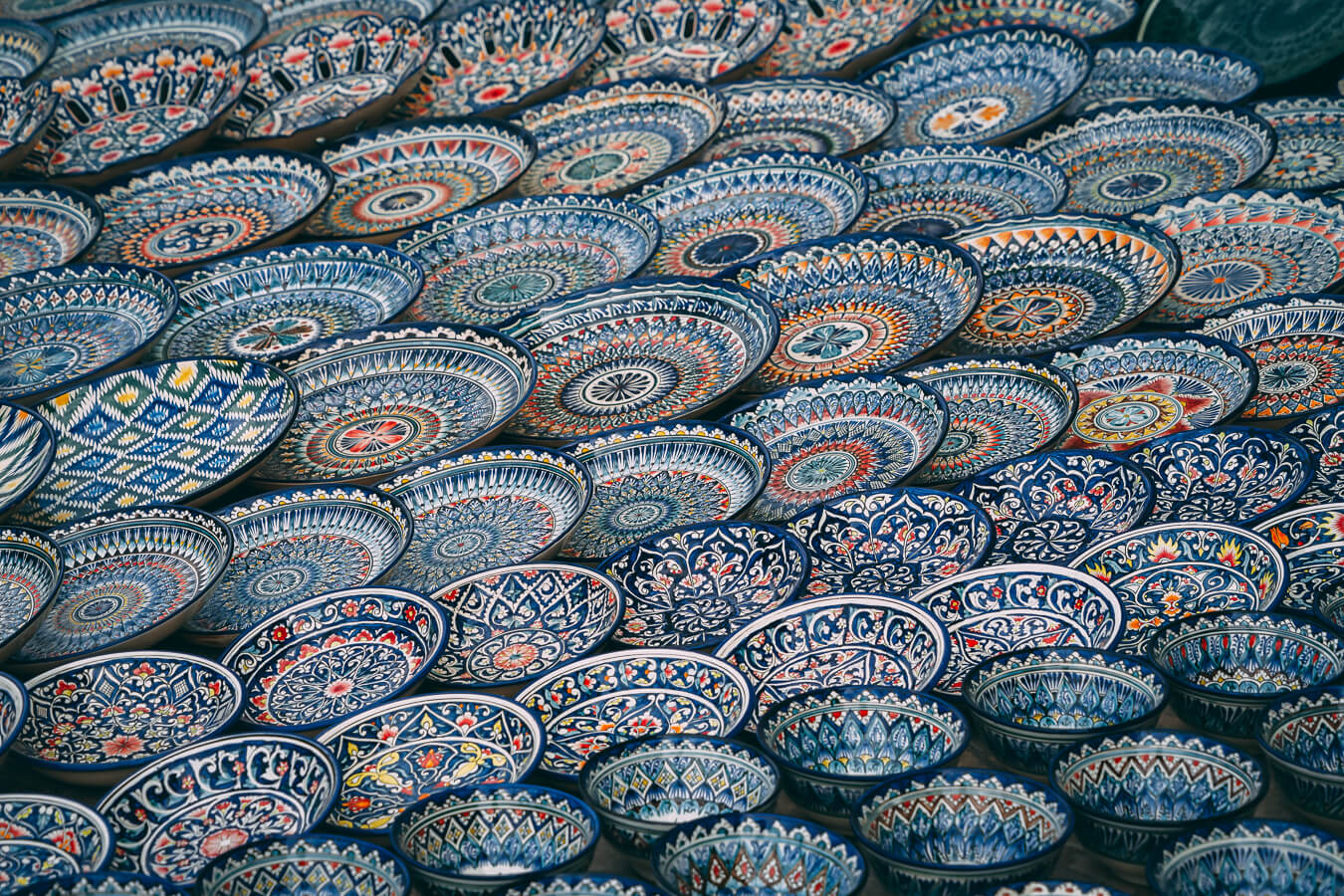
-
Wood carvings
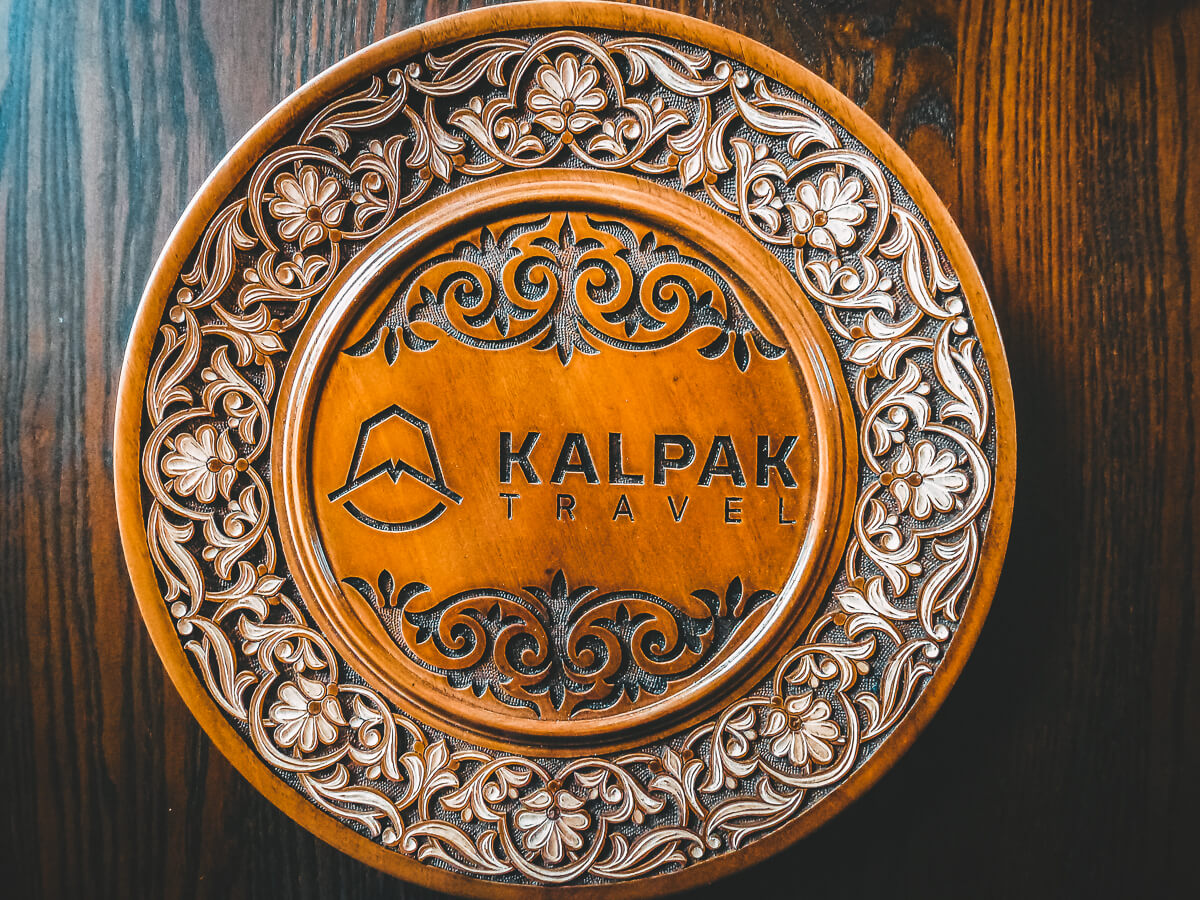
-
Ikat fabrics -Uzbek textiles

-
Embroidery

-
Samarkand paper
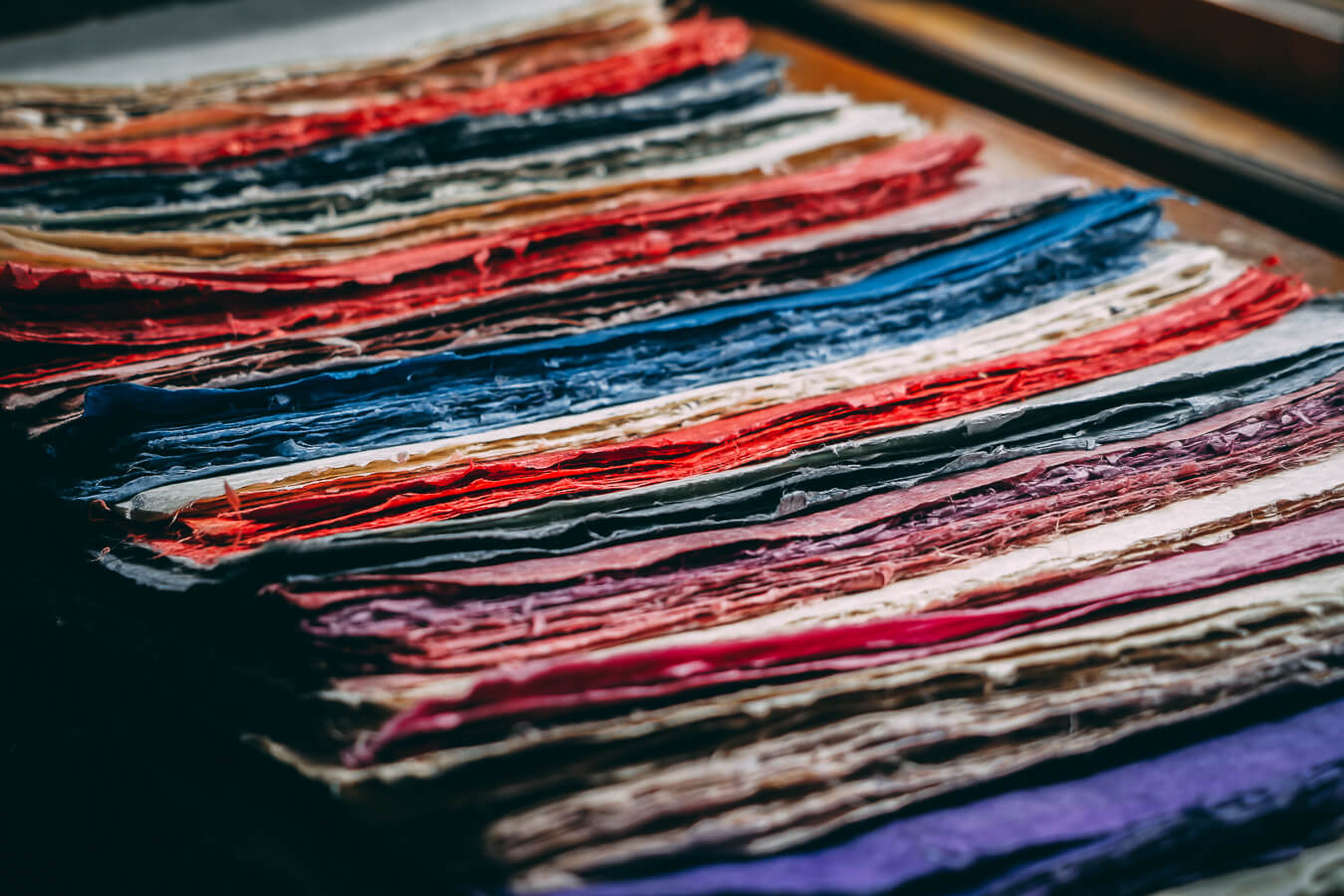
-
Puppet

-
Miniature paintings
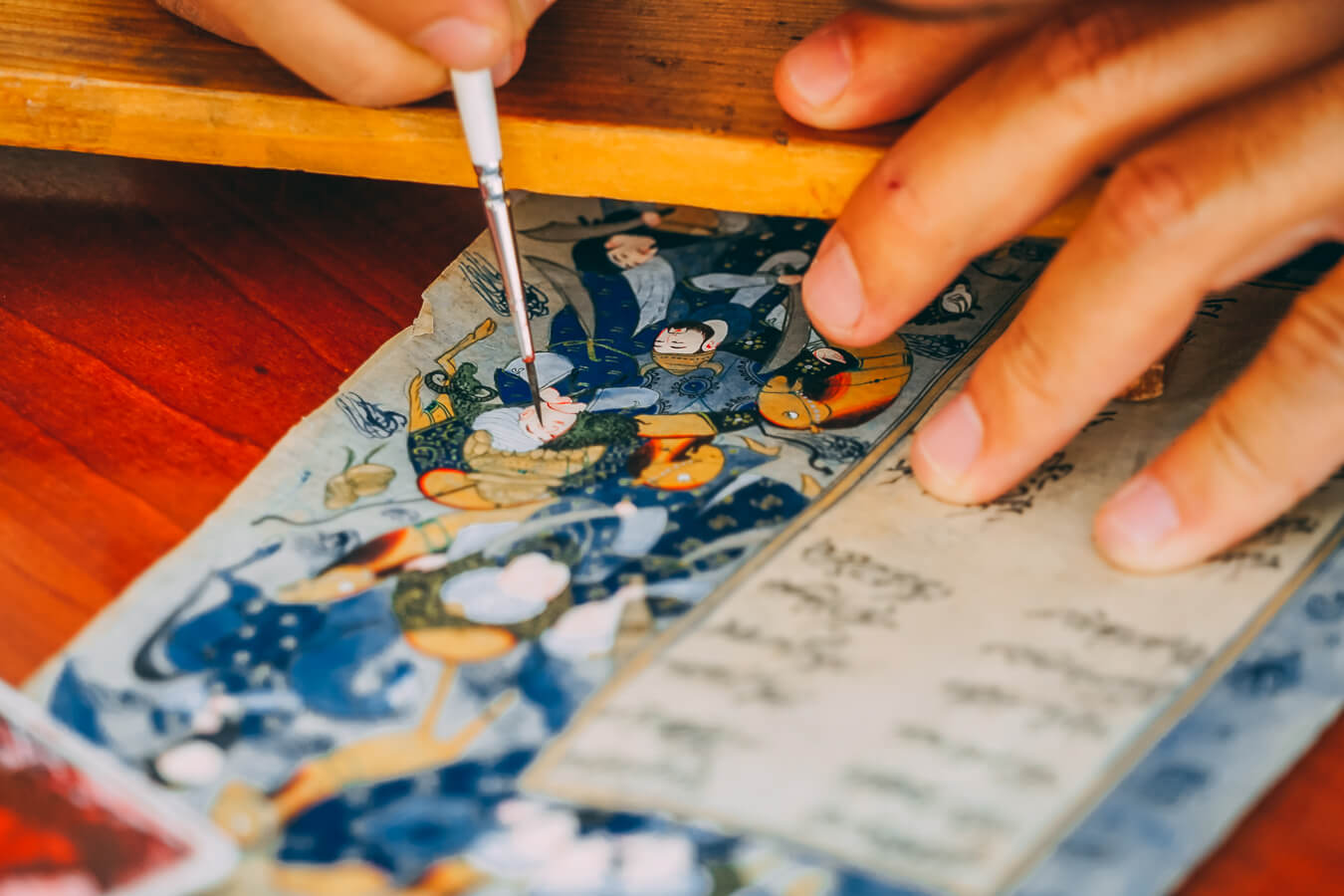
-
Metal art – engravings

and jewelry
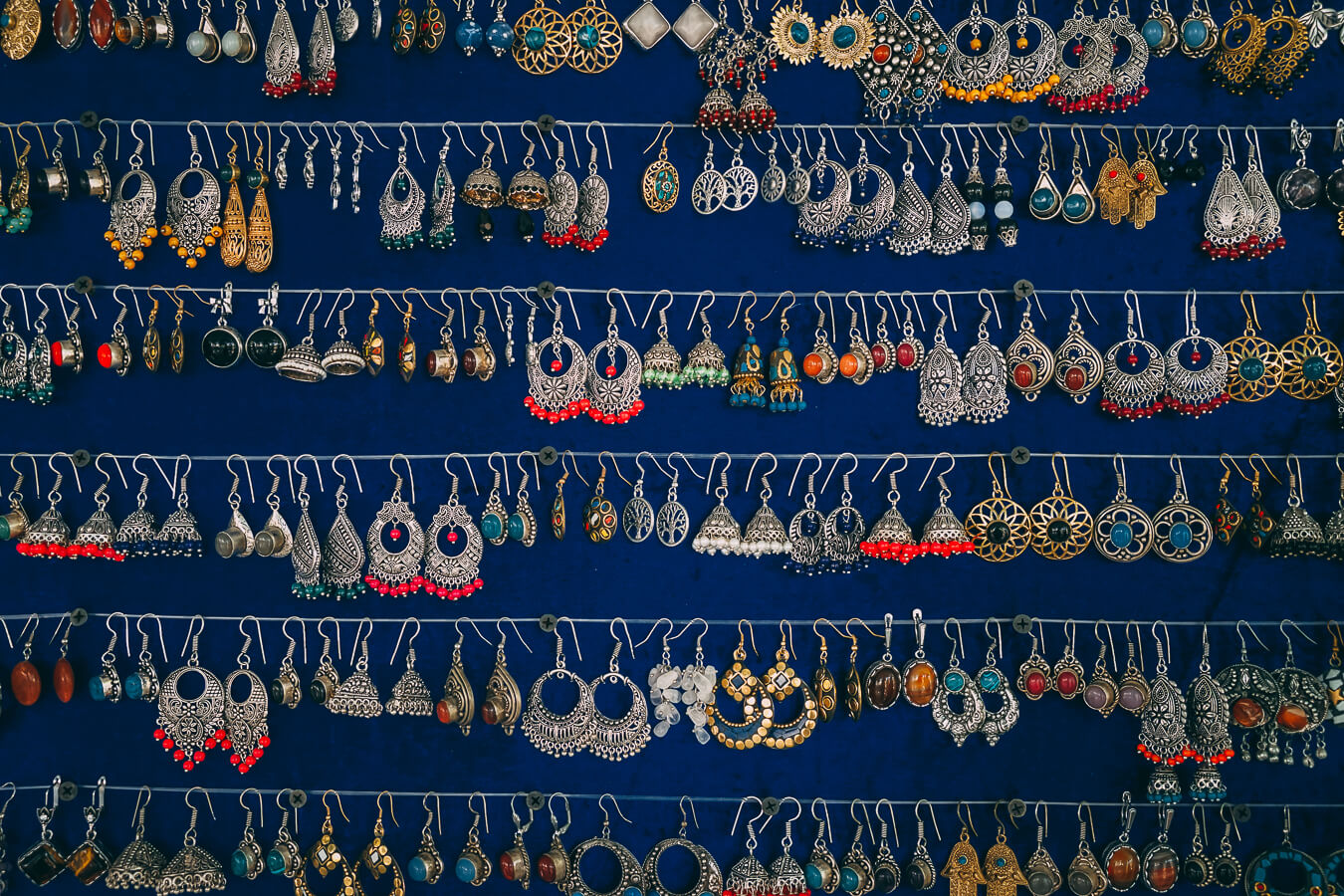
-
NATIONAL HATS
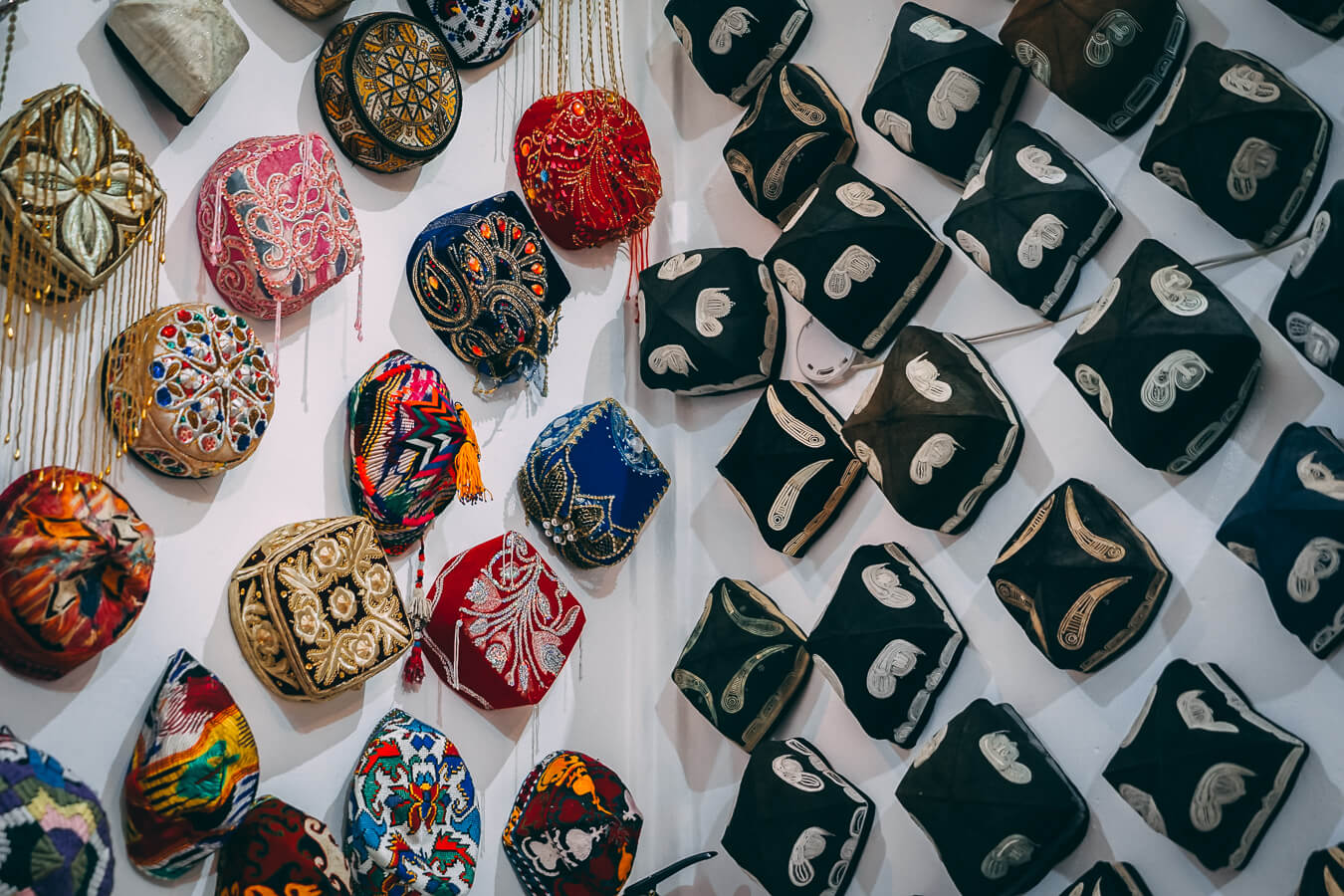 AND CLOTHES
AND CLOTHES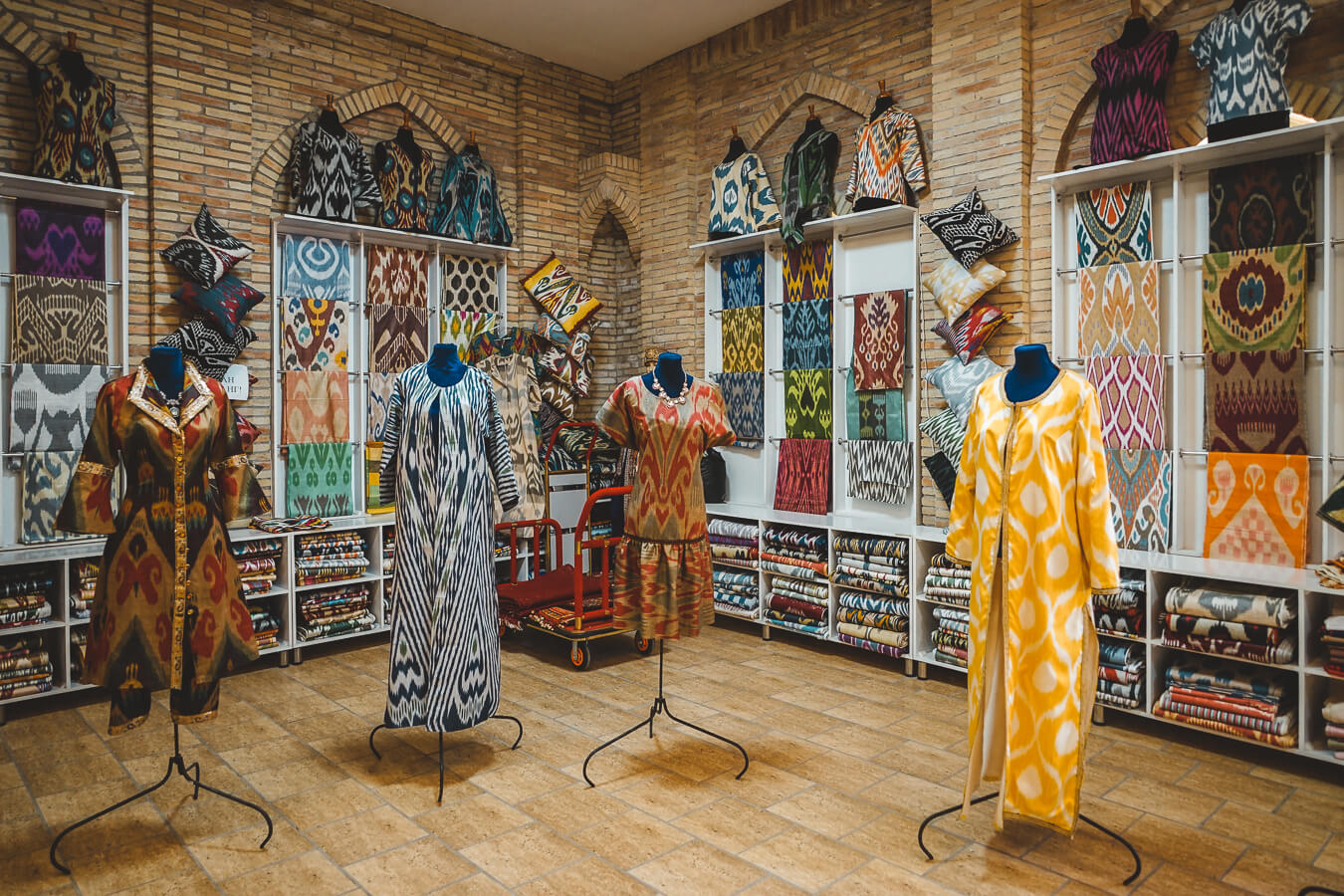
-
Carpets
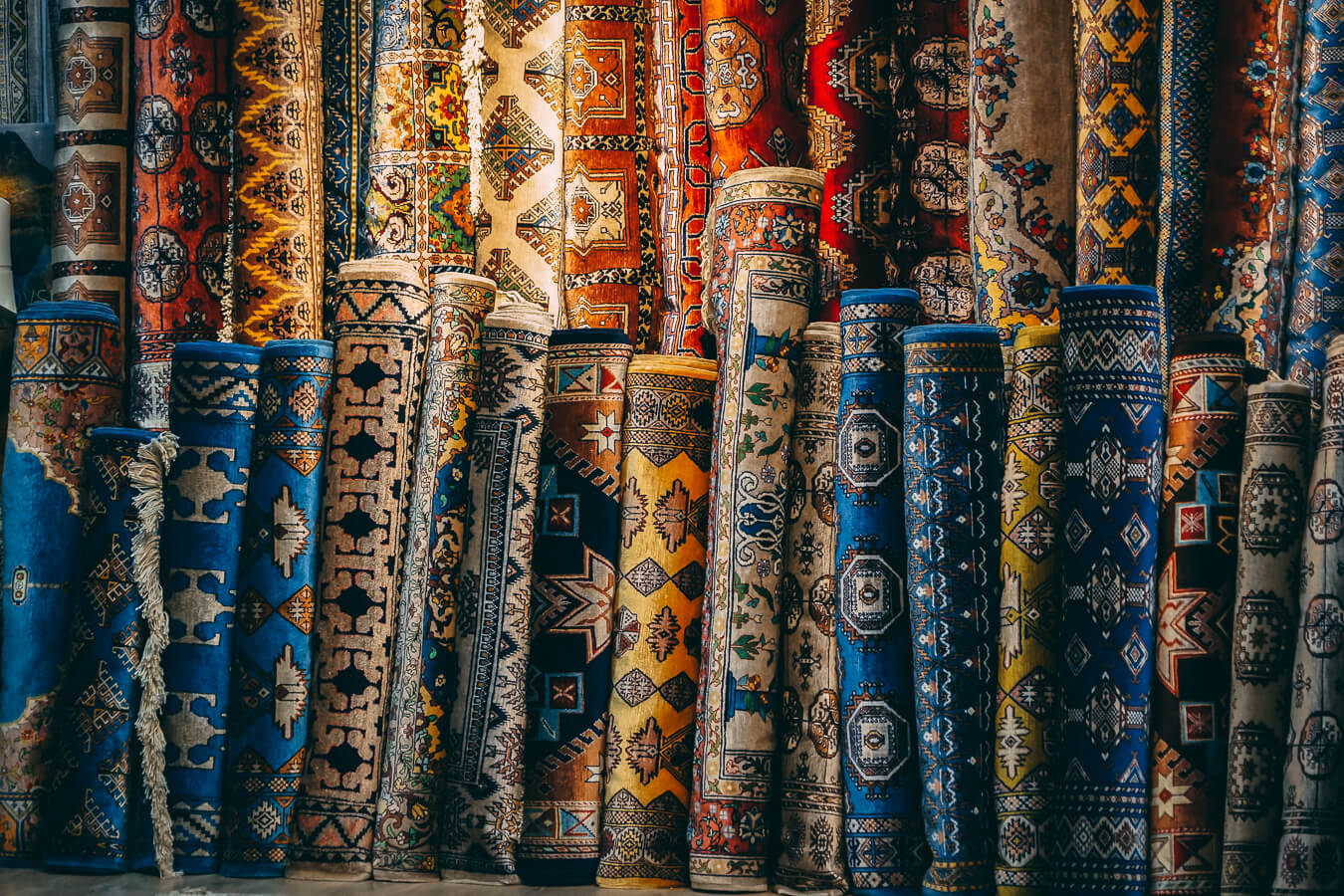
What is your favorite souvenir that you like to buy on your trips? What would you like to buy in Uzbekistan or Central Asia? Tag us on Instagram to show what you bought in Uzbekistan if you already have been there or planning to go.


